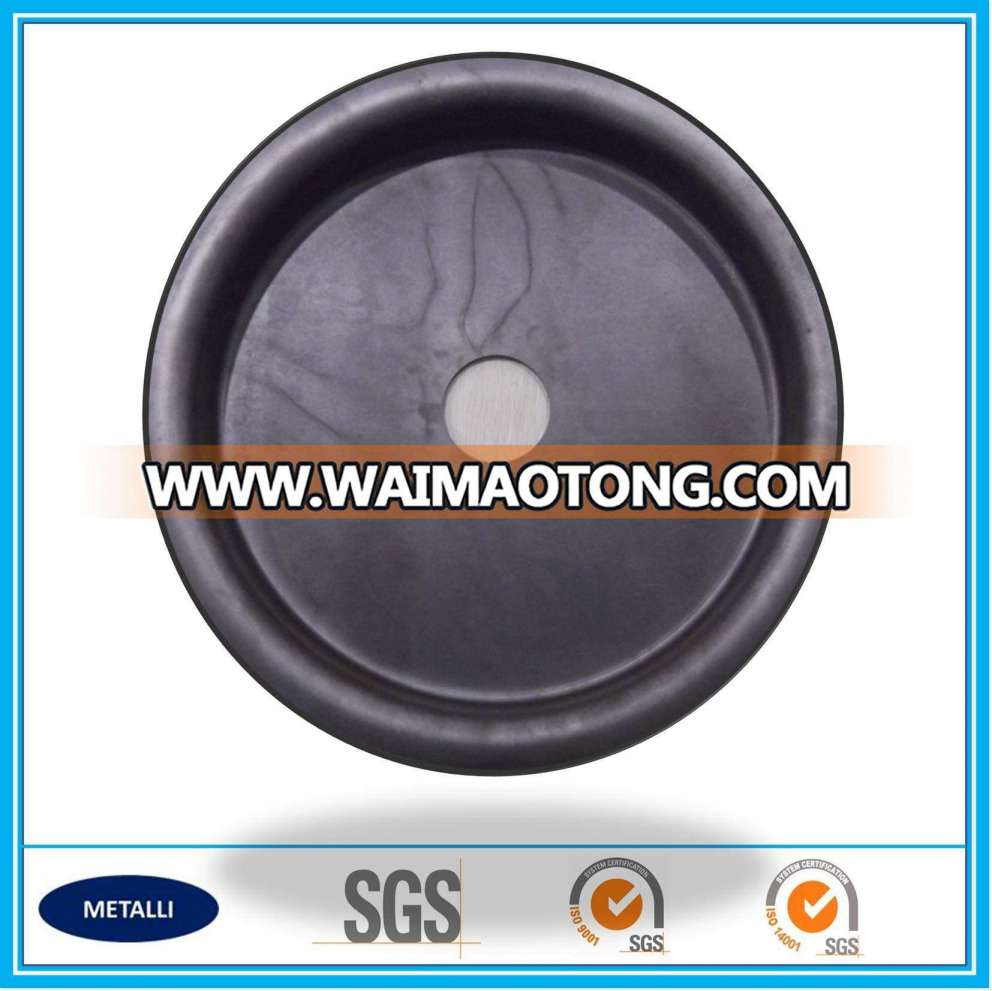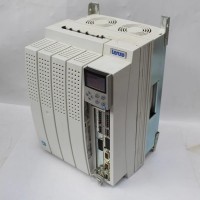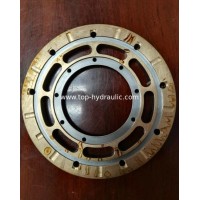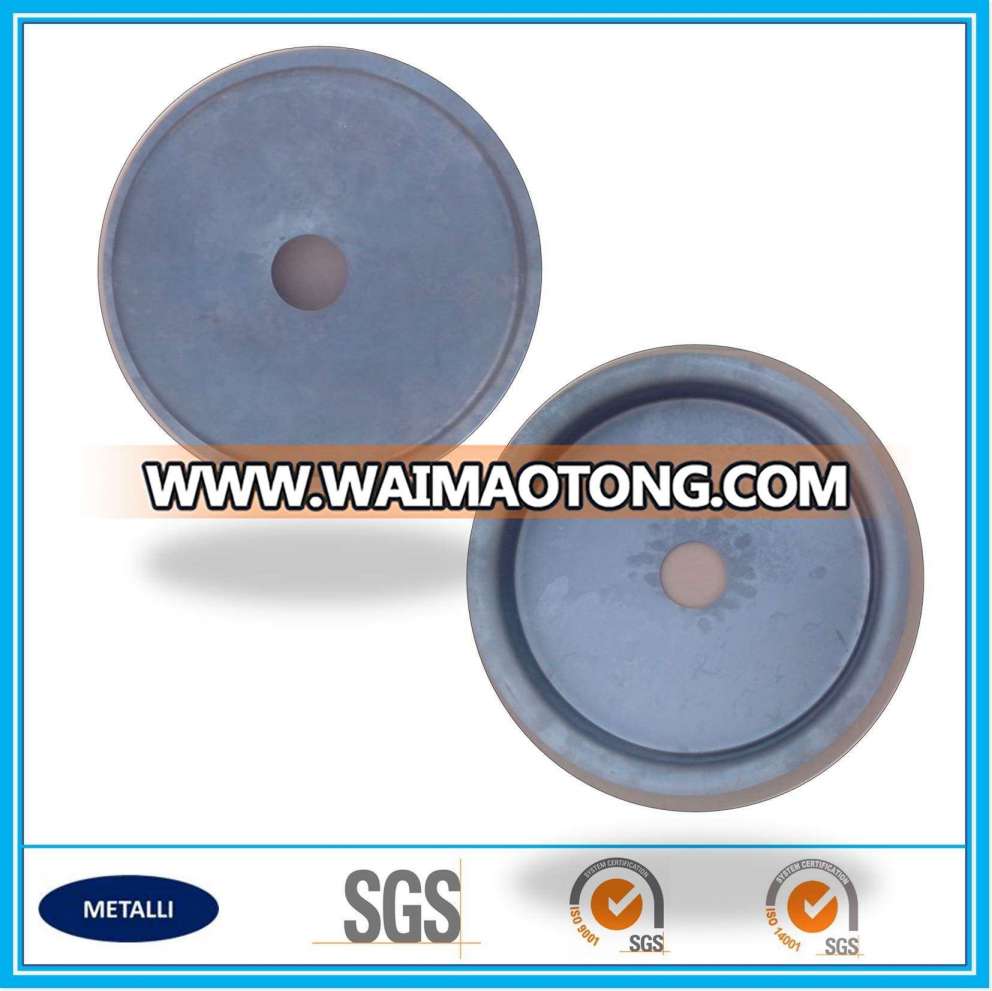-
Phone
86-25-86136265
-
Address
P 345, No. 12, Mozhou East Road, Moling Street, Jiangning, Nanjing, Jiangsu, China
-
E-mail
LatestProducts

Wear Resistant Bolster Bowl Liner
China Wear Resistant Bolster Bowl Liner, Find details about China Bogie Liner, Bolster Liner from Wear Resistant Bolster Bowl Liner - Nanjing Metalli Industrial Co., Ltd.
Description
Basic Info
- Model NO.: wbl 1001
- Processing Type: Deep Drawing
- Mould: Multistep Progressive Dies
- Fine Blanking: Double Acting
- Industry: Metal Stamping Parts
- Customized: Customized
- Outer Diameter: Max 600 mm
- Wall Thickness: 4 to 10 mm
- Outer Chamfer Radius: Min 6 mm
- Surface Finish: Suitable Surface Finish as Per Requirements
- Application: Wear Components for Railroad and Truck
- Origin: Jiangsu, China
- Type: Cold Stamping
- Material: High Managanese Steel
- Surface Processing: Suitable Surface Finish
- Process: Forming Process
- Tolerances: 0.1mm
- Metal Material: Austenitic 11-14% Manganese Steel
- Height: Max 200 mm
- Inner Chamfer Radius: Min 4 mm
- Surface Roughness: 3.2 Um to 6.4 Um
- Packing Way: Best Suitable Packing Way
- Transport Package: Wooden Case
- HS Code: 8474900000
Product Description
| 1. Material | ||||||||||||||
| No. | Material Description | |||||||||||||
| 1.1 | austenitic 11-14% manganese | |||||||||||||
| 2. Product size and tolerance | ||||||||||||||
| No. | Specification | Size | Tolerance | |||||||||||
| 2.1 | Length/Width/Outer Diameter (mm) | ≤600, or custom | ±0.3 | |||||||||||
| 2.2 | Wall Thickness (mm) | 4 to 10, or custom | Max ±0.4 | |||||||||||
| 2.4 | Height (mm) | ≤200 or custom | Max ±1.5 | |||||||||||
| 2.5 | Inner chamfer radius (mm) | Min 4 | Max ±1 | |||||||||||
| 2.6 | Outer chamfer radius (mm) | Min 6 | Max ±1 | |||||||||||
| 3. Chemical composition for some typical metals | ||||||||||||||
| No. | Steel Number | Chemical Composition (%) | ||||||||||||
| C | Si | Mn | P | S | Fe | Cr | Ni | Mo | Ti | Cu | Others | |||
| 3.1.1 | ZGMn13 | 0.90-1.20 | 0.30-0.80 | 11.0-14.0 | ≤0.035 | ≤0.030 | 85.0-88.0 | - | - | - | - | - | - | |
| 4. Mechanical properties for some typical metals | ||||||||||||||
| No. | Steel Number | Yield Strength (Mpa) |
Tensile Strength (Mpa) |
Elongation (%) |
Hardness (HB) |
Impact at 20ºC (J) |
Others | |||||||
| 4.1.1 | Mn13 | ≥400 | ≥800 | ≥40% | ≥200 | ≥90 | - | |||||||
| 5. Surface finish and other properties | ||||||||||||||
| No. | Item | Description | ||||||||||||
| 5.1 | Surface finish | Shot-blasting,powder coating,glavanization coating,electrophoretic treatment,etc. | ||||||||||||
| 5.2 | Surface roughness (Ra) | As per customer's requirements | ||||||||||||
| 5.3 | Manufacturing Process Brief | Material preparation→Deep drawing (metal spinning) →Reshaping→Surface treatment | ||||||||||||
| 6. Packing,Shipping and others | ||||||||||||||
| No. | Item | Description | ||||||||||||
| 6.1 | Packing | To be packed in wooden crate with protection film | ||||||||||||
| 6.2 | Marking | Each box to be legibly marked with the name of the manufacturer or supplier, the designation of material,condition,dimensions and weight | ||||||||||||
| 6.3 | Shipping tools | Ship goods by van to departune port then by sea to desitination port | ||||||||||||
| 7.Quality management and spot management | ||||||||||||||
| No. | Item | Description | ||||||||||||
| 7.1 | Quality control | 1. Quality assurance a. Incoming material quality assurance; b. Process quality assurance; c. First sample quality assurance; d. Final quality assurance. 2. Process management-The right results are from the right process a. Production process card control; b. Standard operational procedure;c.Job certification;d. Quality chart monitor. 3. Equipment and facility management a. Periodic maintenance; b.Preventative maintenance. 4. Mold management a. Mold life management; b.Periodic and preventative maintenance; c. Periodic inspection. |
||||||||||||
| 7.2 | Inspection Tools | Altimeter,Vernier caliper,Micrometer,3D coordinate measuring instrument | ||||||||||||
| 7.3 | Spot management | "5S" management (sort,set in order,shine,standard,sustainable). | ||||||||||||

8. Brief of metal deep drawing, stamping and metal spinning
Deep drawing
Deep drawing is a sheet metal forming process in which a sheet metal blank is radially drawn into a forming die by the mechanical action of a punch. It is thus a shape transformation process with material retention. The process is considered "deep" drawing when the depth of the drawn part exceeds its diameter. This is achieved by redrawing the part through a series of dies. The flange region (sheet metal in the die shoulder area) experiences a radial drawing stress and a tangential compressive stress due to the material retention property. These compressive stresses (hoop stresses) result in flange wrinkles (wrinkles of the first order). Wrinkles can be prevented by using a blank holder, the function of which is to facilitate controlled material flow into the die radius.
Stamping
Stamping (also known as pressing) is the process of placing flat sheet metal in either blank or coil form into a stamping press where a tool and die surface forms the metal into a net shape. Stamping includes a variety of sheet-metal forming manufacturing processes, such as punching using a machine press or stamping press, blanking, embossing, bending, flanging, and coining.[1] This could be a single stage operation where every stroke of the press produces the desired form on the sheet metal part, or could occur through a series of stages. The process is usually carried out on sheet metal, but can also be used on other materials, such as polystyrene.
Stamping is usually done on cold metal sheet. See Forging for hot metal forming operations.
Metal spinning
Metal spinning, also known as spin forming or spinning or metal turning most commonly, is a metalworking process by which a disc or tube of metal is rotated at high speed and formed into an axially symmetric part.[1] Spinning can be performed by hand or by a CNC lathe.
Metal spinning does not involve removal of material, as in conventional wood or metal turning, but forming (moulding) of sheet material over an existing shape.
Metal spinning ranges from an artisan's specialty to the most advantageous way to form round metal parts for commercial applications. Artisans use the process to produce architectural detail, specialty lighting, decorative household goods and urns. Commercial applications include rocket nose cones, cookware, gas cylinders, brass instrument bells, and public waste receptacles. Virtually any ductile metal may be formed, from aluminum or stainless steel, to high-strength, high-temperature alloys. The diameter and depth of formed parts are limited only by the size of the equipment available.








